Minimally Invasive Vein Treatments
When varicose veins and venous insufficiency begin affecting your daily life, it’s time to consider treatment options that provide lasting relief without major surgery or extended recovery time. At Prevosti Vein Center, we specialize exclusively in advanced vein care, offering state-of-the-art minimally invasive treatments that eliminate problematic veins while preserving your active lifestyle. All evaluations and treatments are done in the office by Dr. Prevosti, one of the most experienced vein surgeons in Georgia, who has over 30 years of specialized cardiovascular expertise.
Find Relief From Venous Disease
Our comprehensive approach focuses on treating the underlying cause of venous disease. By doing so, we relieve symptoms, improve circulation and, in many patients, improve the surface appearance. Through precise diagnostic techniques and state-of-the-art treatment methods, we help patients in Canton, North Georgia and the greater Atlanta region find freedom from the following symptoms:
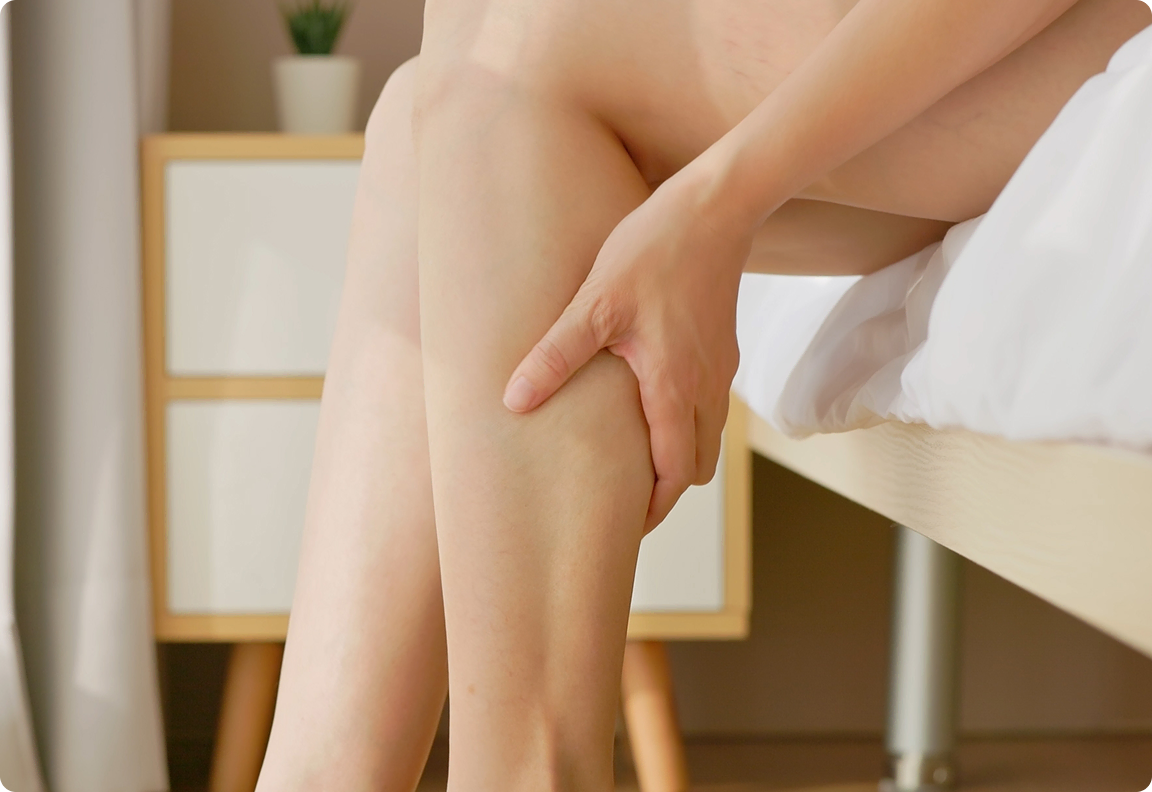
Achy legs, leg pain, leg throbbing
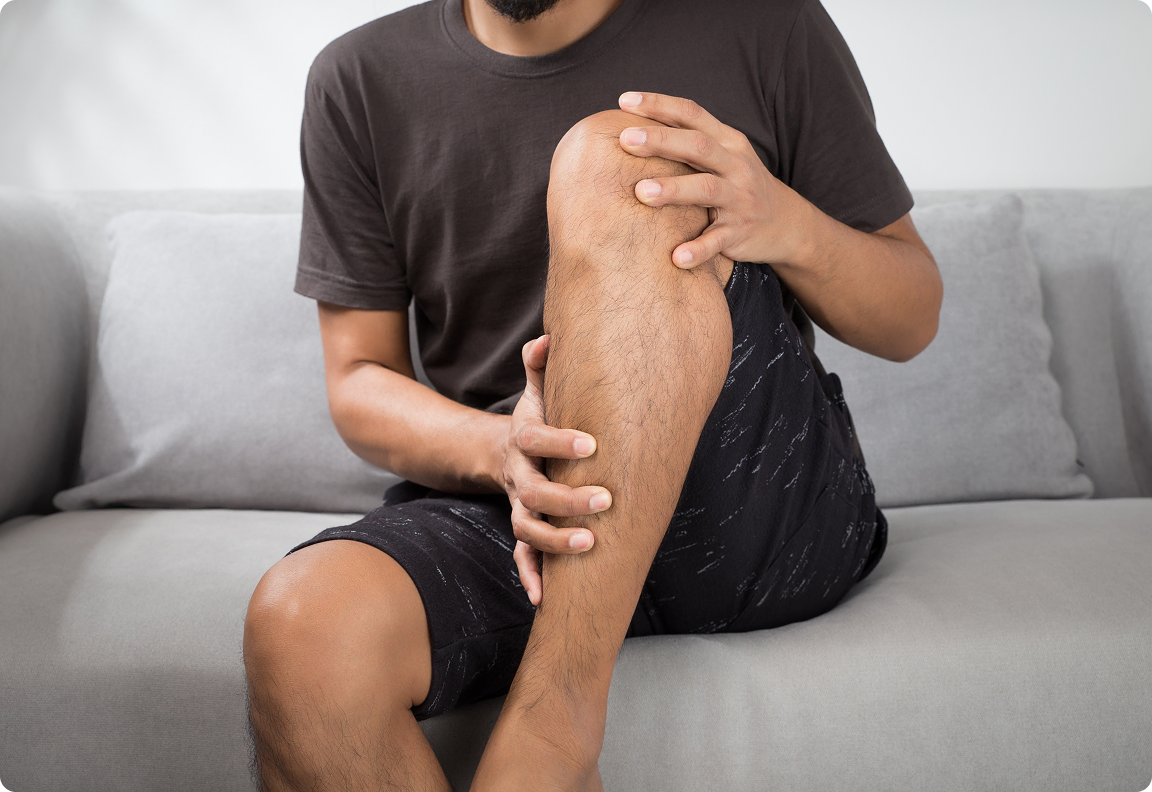
Leg heaviness and tiredness

Leg cramps
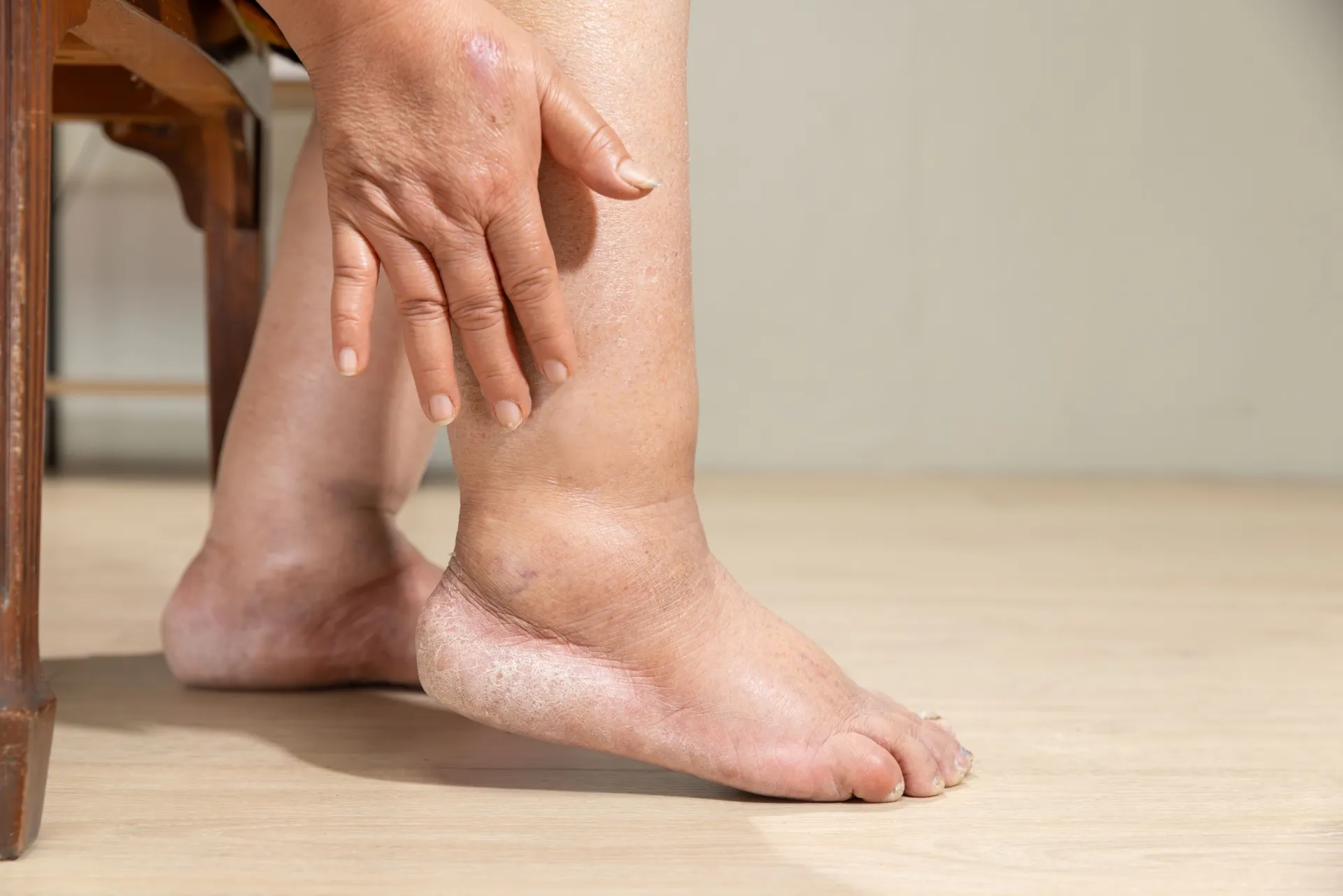
Swelling of the legs and ankles
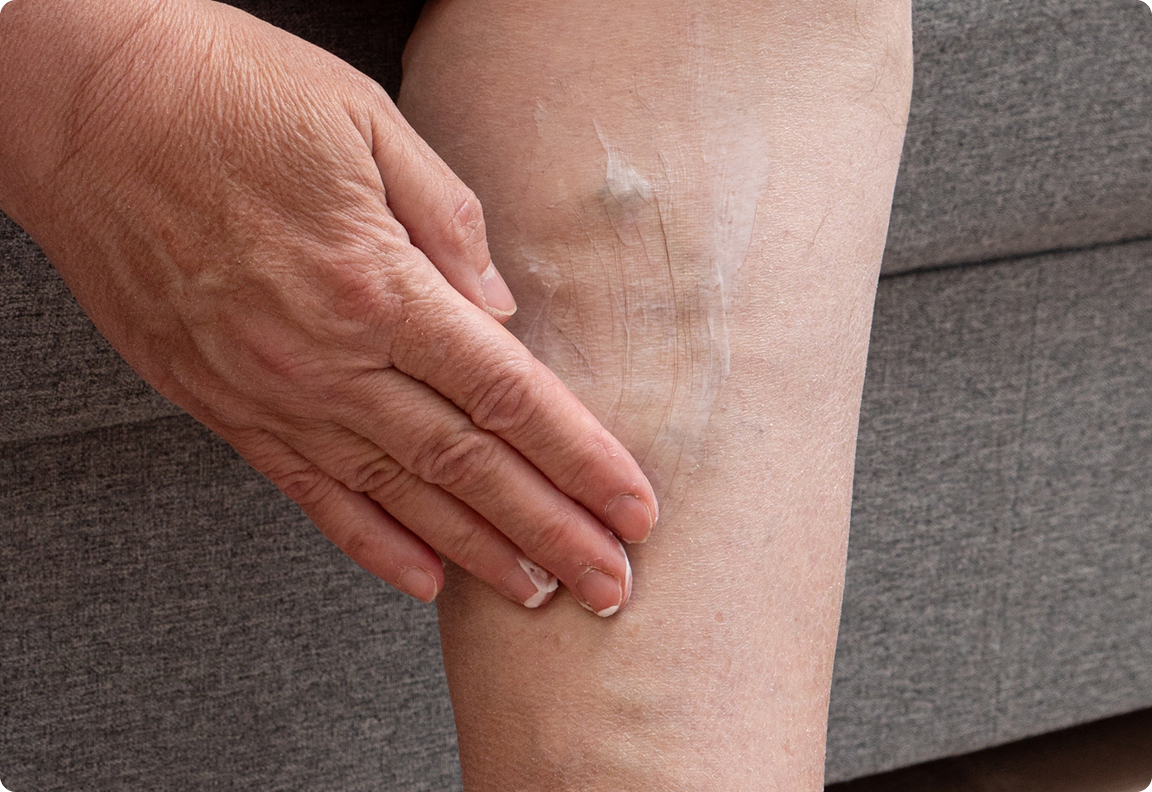
Itchiness and dry skin
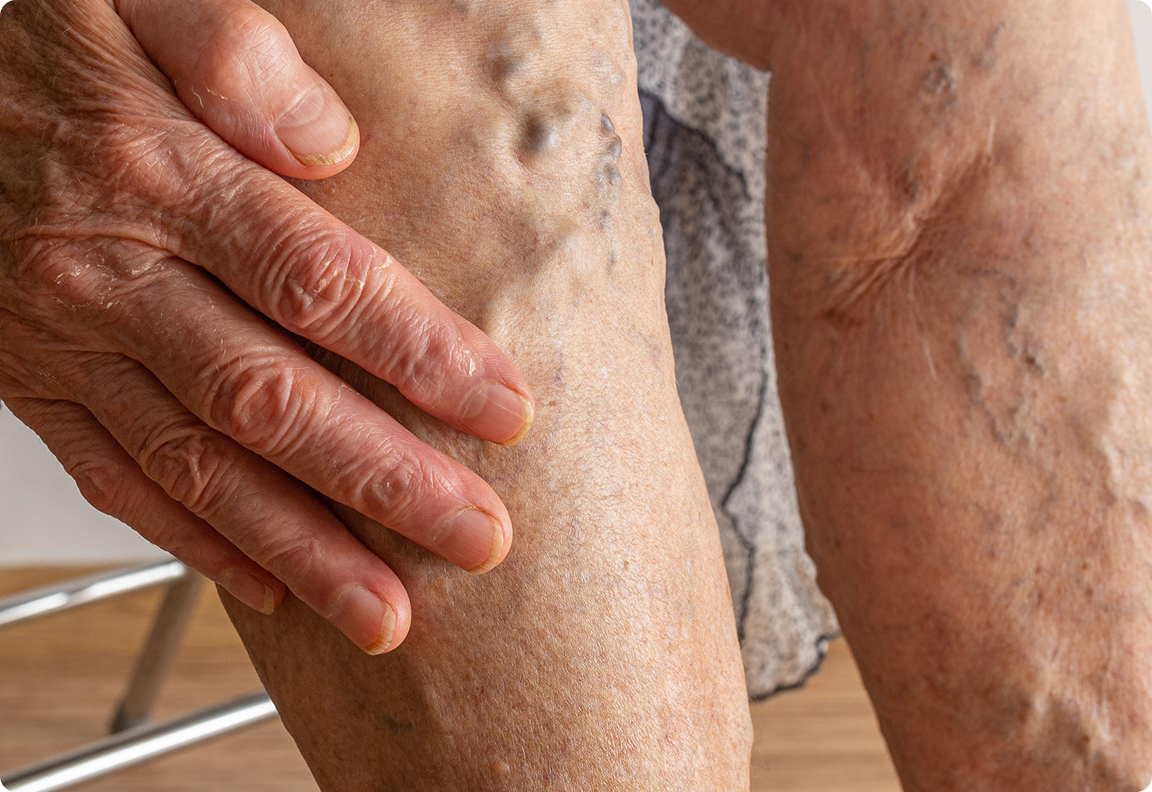
Bulging veins

Spider veins
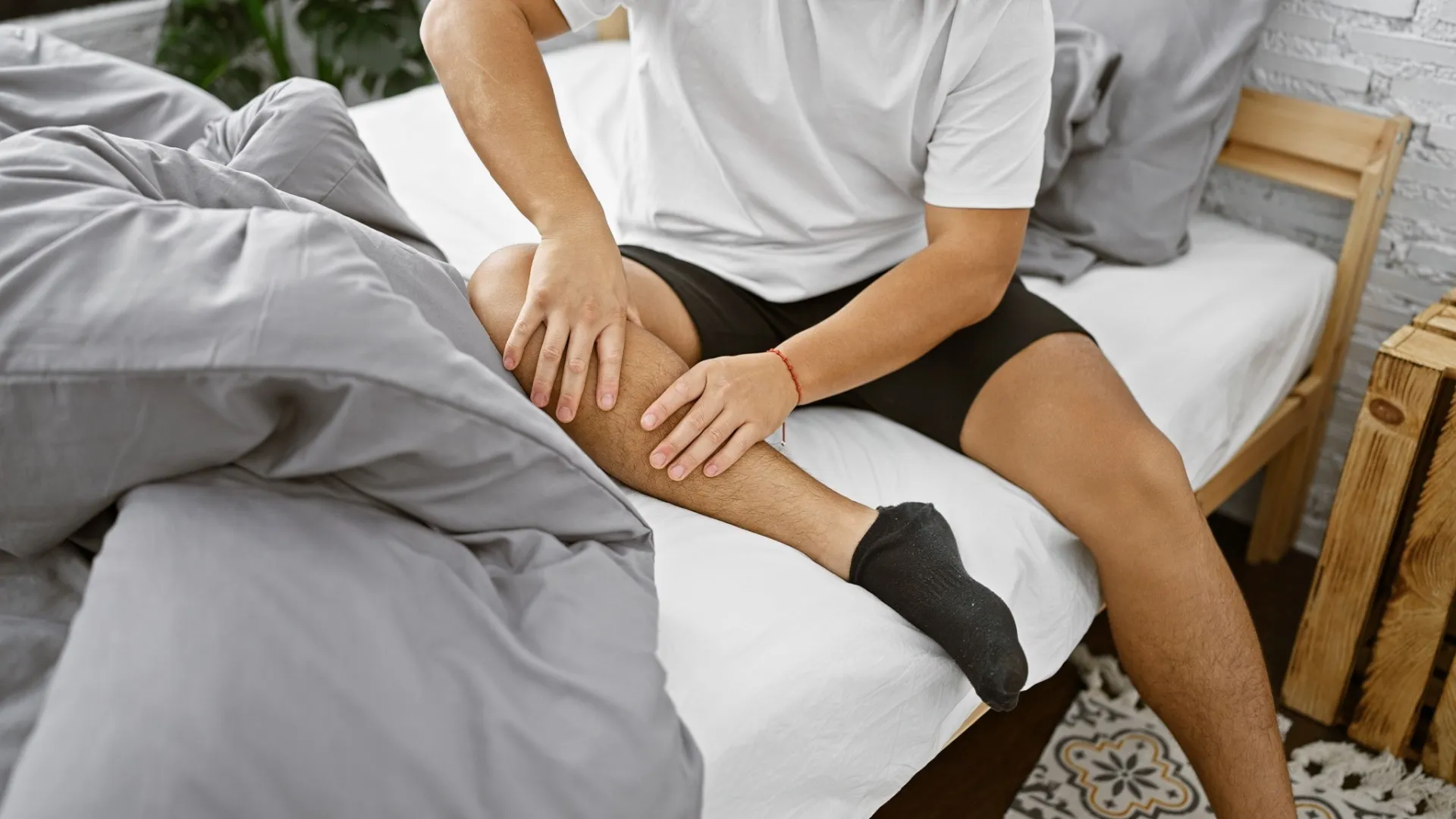
Restless legs

Skin changes, skin ulcers, skin discoloration and skin darkening

Tingling and numbness of the feet and lower legs
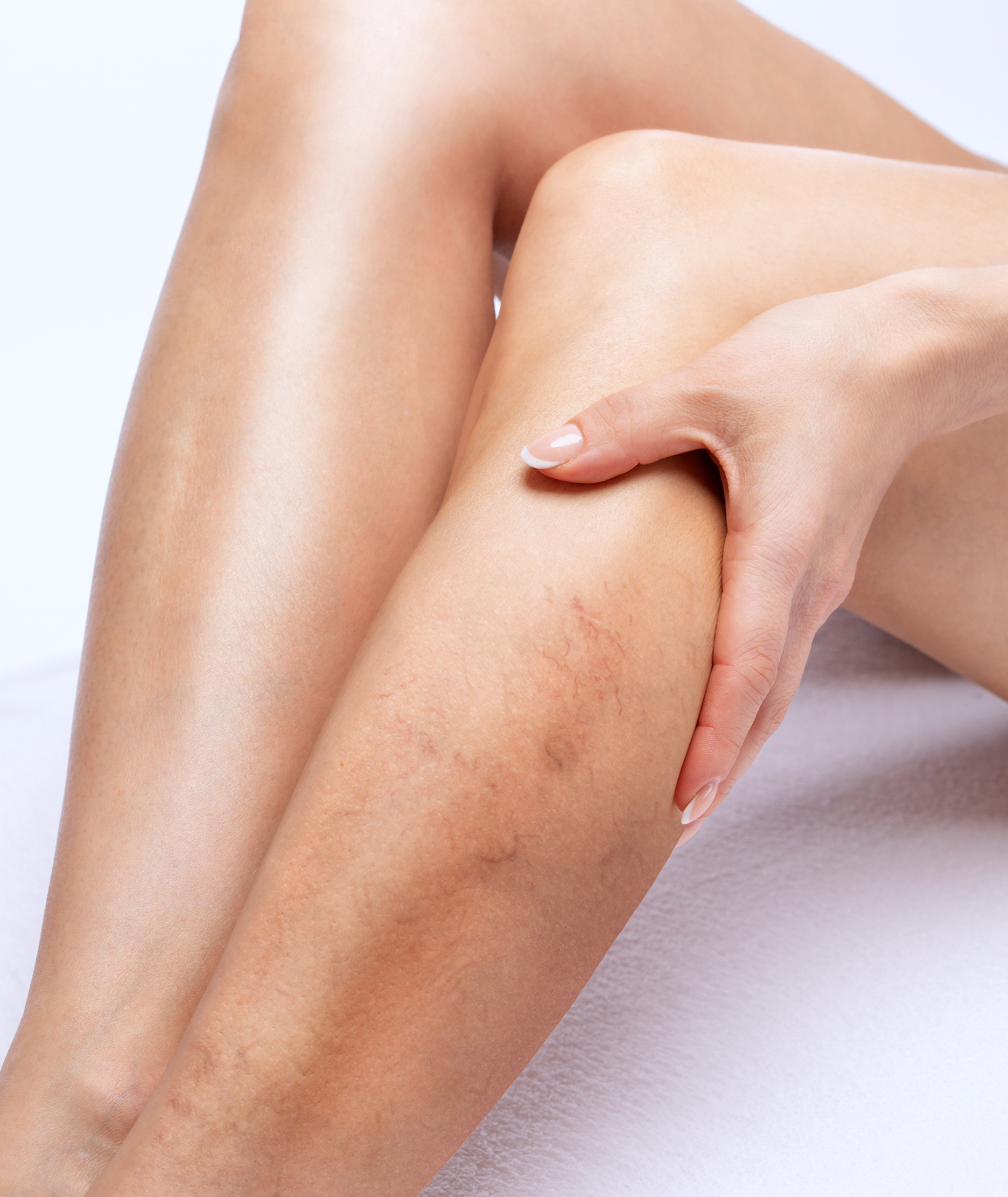
Understanding Minimally Invasive Vein Treatments
Traditional vein surgery, such as vein stripping and high ligation, required general anesthesia, hospital stays and weeks of recovery. Today's minimally invasive techniques revolutionize how we treat venous insufficiency.
These advanced procedures use small access sites to access and treat diseased veins from within, causing them to close permanently while healthy veins take over circulation. Treatments are done in the office using local anesthesia.
The approach taken at Prevosti Vein Center is a win-win-win compared to the historical approaches. Not only is the treatment faster, less invasive and less painful, with quicker return to full exercise, our approach also has a lower recurrence rate compared to the historical methods. In addition, everything is done in one location.
Another practical benefit of our independent, physician-led practice with a singular focus on vein treatment is that you can have your insurance questions and explanation of benefits answered here as well. There are no 1-800 numbers, no overseas call centers, and no outsourced billing. We handle it all under one roof.
Emphasis on Comfort and Fast Recovery
Local anesthesia is used for most treatments; there is no need for sedation or IVs. Some treatments need no anesthesia. Nitrous oxide (laughing gas) is available for those who wish to use it. Most treatments last 30 minutes or less; some procedures (ambulatory micro-plebectomy) can take up to an hour. You can walk, drive and resume light daily activity immediately. You do not need a driver, nor do you need someone to come with you, although you are welcome to bring someone if you wish. In most cases, post-procedure discomfort is minimal and can be treated with over-the-counter medicines such as Motrin (ibuprofen) or Tylenol (acetaminophen). Many patients do not need to take any pain medication at all.
The benefits of these techniques extend far beyond convenience and include:
Superior Precision
compared to traditional surgical methods
Significantly Reduced Risk
of complications and side effects
Remarkably Effective Outcomes
with high success rates
Quick Procedures
with most procedures completed in less than 30 minutes
Minimal Discomfort
in most patients
Minimal Downtime
return to light activities the same day
Dr. Prevosti's 15 years of focus exclusively on vein treatment allow him to select the optimal minimally invasive approach for each patient's unique venous condition. Having performed over 20,000 vein procedures, Dr. Prevosti embodies the principle that experience is irreplaceable when it comes to surgery, and you benefit directly from his extensive expertise. You will be treated in a compassionate manner with gentle hands.
Treatment Options
Dr. Prevosti Offers the Following Minimally Invasive Vein Treatments:
Radiofrequency Ablation for Varicose Veins
Minimally invasive relief from venous insufficiency
Endovenous Laser Ablation (EVLA/EVLT)
Laser treatment for varicose veins and chronic venous disease
Varithena® - Injectable Foam Therapy
Foam-based therapy for bulging or painful varicose veins
VenaSeal™ - Medical Adhesive Closure
Targeted, nonsurgical treatment for problem veins
Sclerotherapy for Spider Veins
Specialized treatment for cosmetic concerns
Ambulatory Micro-Phlebectomy - Precise Vein Removal
Time honored treatment for Visible Surface Veins - the most widely used method of treating spider veins
Ultrasound-Guided Foam Sclerotherapy
Outpatient removal of bulging varicose veins

Choosing the Right Treatment Approach
Selecting the optimal minimally invasive treatment depends on several factors specific to your condition and anatomy. During your comprehensive evaluation at Prevosti Vein Center, we perform detailed diagnostic ultrasound examinations to map your venous system and identify all areas of venous insufficiency. Dr. Prevosti is known for his compassionate manner, gentle hands and taking the time to explain the findings and answer your questions.
Some patients benefit from combining techniques to thoroughly eradicate all venous insufficiency in its various forms. Dr. Prevosti believes that completely eliminating venous disorders helps maximize the benefits and reduces recurrence rates. Dr. Prevosti’s specialized focus on vein care means he has extensive experience matching patients with the most appropriate treatment options.
Factors We Evaluate
The diagnostic process includes evaluating several elements, including:
Vein size, location and configuration patterns
Blood flow patterns and circulation efficiency
Surrounding tissue characteristics and anatomy
Patient medical history and lifestyle considerations
Personal preferences regarding treatment options
This information guides our recommendation for radiofrequency ablation, laser treatment, ambulatory phlebectomy, Varithena or VenaSeal based on what will provide the best outcomes for your situation.
What to Expect From Your Treatment Experience
Advanced Technology and Monitoring
Ultrasound guidance plays a crucial role in all our minimally invasive procedures. It allows Dr. Prevosti to precisely access abnormal veins and monitor treatment progress in real time. This technology and Dr. Prevosti's commitment to precision contribute significantly to the safety and effectiveness of our vein treatments.
Recovery and Post-Treatment Care
Post-treatment care focuses on compression and maintaining walking and normal light daily activities. In some cases, leg elevation is recommended. We provide detailed post-procedure instructions, activity modifications and follow-up care. Most patients are pleasantly surprised by how quickly they can return to their routines. Patients typically return to our office one to seven days after a procedure for a follow-up. It is not uncommon for more than one vein to need treatment. Most times, treatments can be done one day after another. This approach allows a faster return to full activity. Treatment plans can be modified for patients’ schedules and preferences. In most cases, travel, including flying, can be resumed a few days after treatment.
Recovery timelines vary slightly between different treatment methods, but all minimally invasive approaches offer dramatically faster healing than traditional surgery. Walking is encouraged immediately after treatment, and many patients can return to work the same day.
Long-Term Results and Vein Health
Minimally invasive vein treatments are highly effective in eliminating abnormal veins with durable results. In fact, the techniques described above, when done properly and thoroughly, have better long-term results than old-fashioned vein stripping. Dr. Prevosti's patients consistently achieve excellent long-term outcomes due to his meticulous attention to detail in treating the underlying cause of venous disease rather than just surface appearance. It is important to mention that venous insufficiency can be a lifelong issue, and over the years, more venous insufficiency and symptoms may occur in some patients.
What You Can Expect After Treatment
Following successful treatment, patients typically experience the following significant improvements:
- Improvement of symptoms such as tiredness, aching, swelling, leg cramps, restless legs and itching
- Elimination or disappearance of many visible surface veins
- Disappearance or improvement of bulging visible varicose veins
- Improved circulation and overall leg comfort during daily activities
- Enhanced quality of life without venous disorder limitations
Maintaining Your Results
Maintaining your results involves staying active, staying at your ideal weight and, in some cases, wearing compression stockings as much as your lifestyle allows. Periodic evaluations are recommended in some cases, but many patients do not need follow-up visits after six weeks. While treated veins usually won’t return, new venous problems can develop over time in other areas. Our ongoing relationship allows us to monitor your vein health and address any future concerns promptly.
Testimonials
Real Relief. Real Results.
Experience Specialized Vein Care
At Prevosti Vein Center, our exclusive focus on venous disorders means you receive the highest level of specialized care available. Dr. Louis G. Prevosti brings over 30 years of specialized cardiovascular surgery experience to vein treatment, and his dedication to pure vein care allows every patient to receive focused, expert attention.
Our 100% focus on only venous disorders translates into superior patient experiences and consistently excellent results. From your initial evaluation through treatment and follow-up care, you'll work with a team devoted entirely to helping you achieve freedom from the effects of venous disease.